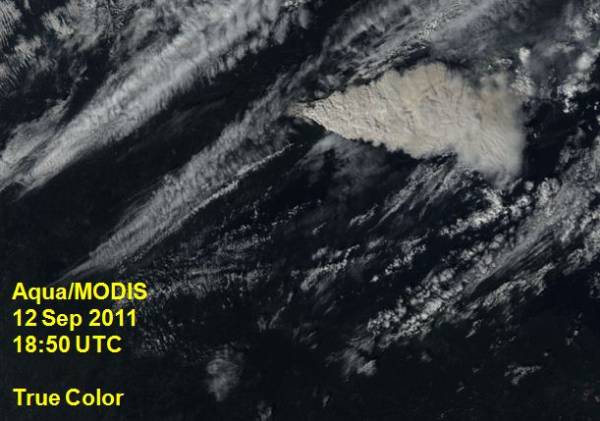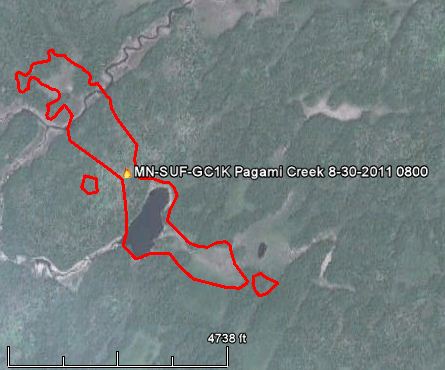The Caldwell, Idaho owner of a private company with contracts to supply engines on wildfires was killed in a small plane crash Monday night, September 12. Jamie Sexton, 38, the owner of Blaze Runner, was a passenger in a Cessna 182 piloted by Jerry Reding, 55, of Nampa, that departed Salmon, Idaho at approximately 10:00 p.m. Monday night. They had just dropped off some firefighters assigned to the Salt fire in the Salmon-Challis National Forest, which is 16 miles southwest of Salmon.
According to the Idaho Press-Tribune, Angie Reding Thueson, Reding’s sister, the family received a text from Sexton before the men left Salmon, indicating that they experienced turbulence on the ride over and asking their family to pray for them on the way back.
The aircraft did not arrive at midnight at Caldwell as planned. Radar tracking indicated that it lost altitude and descended rapidly. According to the Idaho Transportation Department, around 11:30 p.m. a cabin owner near Stanley, who is a pilot, reported hearing what he described as a stalling aircraft engine. That reported location agreed with the last location recorded on radar.
Searchers found the wreckage of the plane at 4:40 p.m. Tuesday west of Stanley. Both of the occupants died on impact.
Our condolences go out to the families and coworkers.




